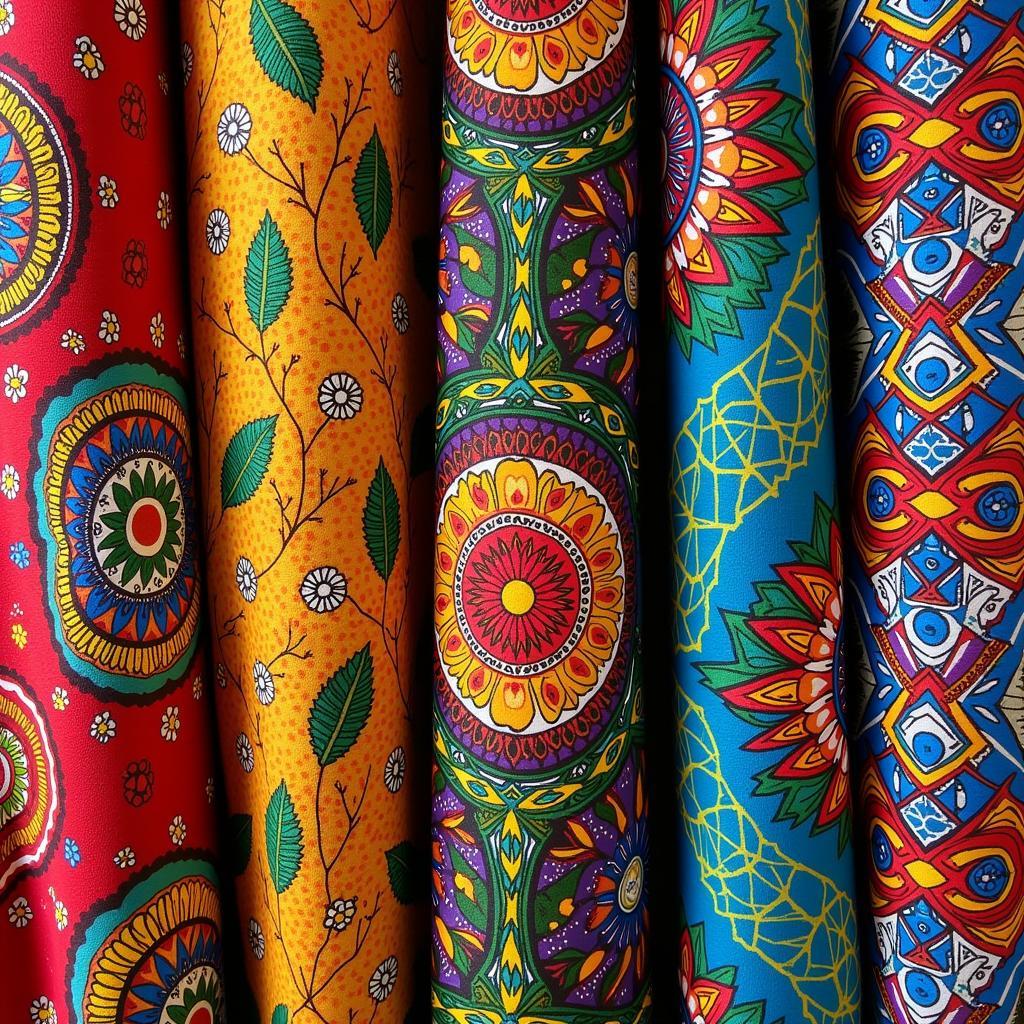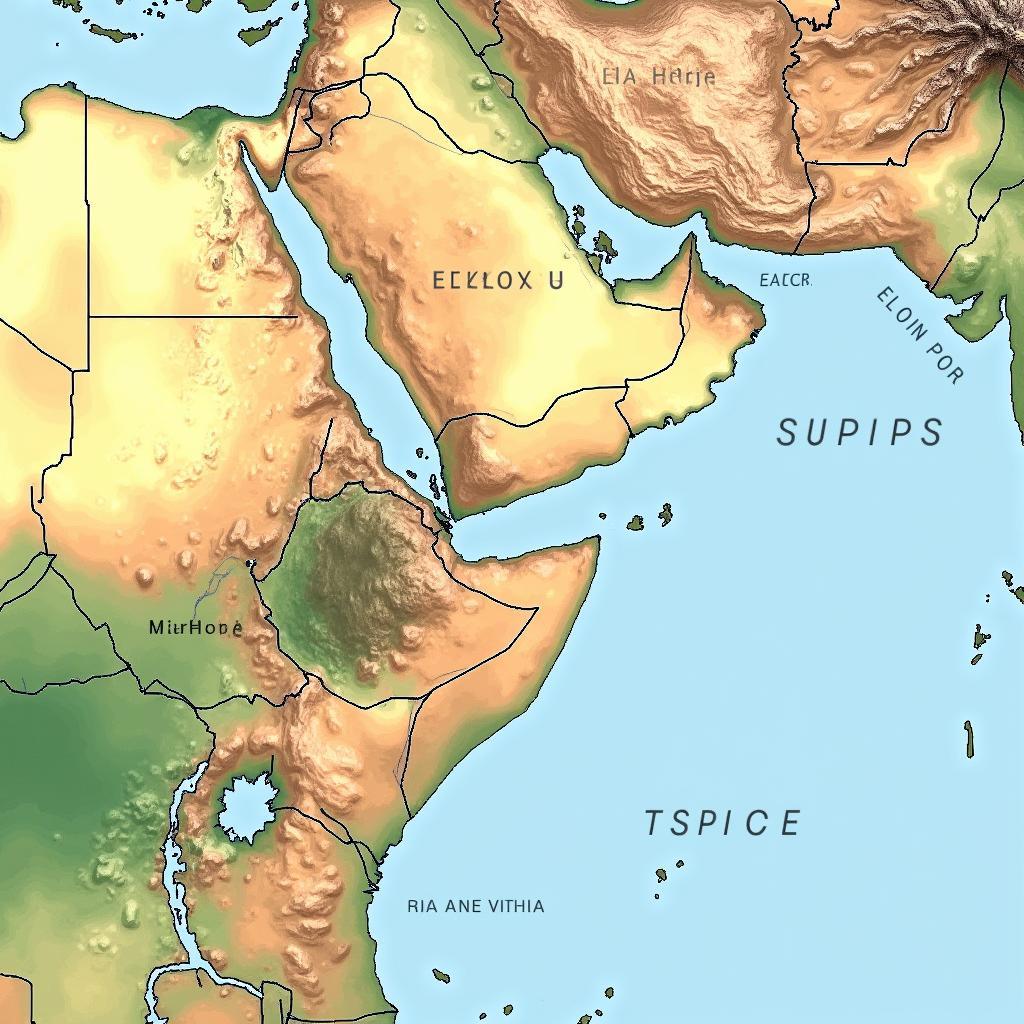African Bomber Jackets: Wax Cotton from Bangladesh Meets African Style
African bomber jackets in wax cotton manufactured in Bangladesh offer a unique blend of global influences. These stylish garments combine the vibrant patterns of African wax print fabrics with the manufacturing expertise of Bangladesh, creating a product that appeals to fashion-conscious individuals worldwide. This article explores the intersection of these two worlds, delving into the history, production, and cultural significance of these eye-catching jackets.
The Allure of African Wax Print
African wax print, also known as Ankara or Dutch wax print, is a vibrant and colorful cotton fabric characterized by its bold patterns and intricate designs. While its origins lie in Indonesian batik, the fabric has become deeply ingrained in African culture, representing identity, heritage, and self-expression. The intricate motifs often tell stories, reflect proverbs, or symbolize important events, making each piece of fabric a unique work of art. The appeal of this fabric transcends geographical boundaries, captivating designers and fashion enthusiasts globally.
The process of creating African wax print involves intricate techniques, often utilizing wax-resist dyeing to achieve the distinctive patterns. This labor-intensive process adds to the value and cultural significance of the fabric.
 Vibrant African Wax Print Fabric Patterns
Vibrant African Wax Print Fabric Patterns
Bangladesh: A Global Hub for Garment Manufacturing
Bangladesh has emerged as a major player in the global garment industry, known for its large-scale production capacity and competitive pricing. The country’s textile sector employs millions of people and plays a vital role in its economy. The expertise and infrastructure developed in Bangladesh make it an ideal location for producing a wide range of garments, including African bomber jackets in wax cotton.
The manufacturing process in Bangladesh typically involves sourcing the wax print fabric, often directly from African suppliers or international distributors. Skilled workers then cut and sew the fabric into bomber jackets, incorporating design elements and finishing touches. The finished products are then exported to various markets worldwide.
The African Bomber Jacket: A Fusion of Style and Culture
The African bomber jacket in wax cotton represents a fascinating fusion of African aesthetics and Bangladeshi manufacturing prowess. These jackets take the classic bomber jacket silhouette and infuse it with the vibrant energy of African wax print. The result is a garment that is both stylish and culturally significant.
The bomber jacket style, originally designed for pilots, has evolved into a timeless fashion staple. Its versatility allows it to be dressed up or down, making it a popular choice for various occasions. Combined with the striking patterns of African wax print, the African bomber jacket becomes a statement piece, allowing individuals to express their unique style and appreciation for African culture.
Where to Find Authentic African Bomber Jackets
Finding authentic African bomber jackets in wax cotton often involves searching online marketplaces, specialized retailers, or directly contacting producers in Bangladesh. It’s important to ensure the authenticity of the wax print and the ethical sourcing of the materials.
“Authenticity is key when choosing an African wax print garment,” says Abena Serwaah, a textile expert from Ghana. “Look for the telltale signs of genuine wax print, such as the slightly waxy feel and the richness of the colors.”
Conclusion: Celebrating Global Collaboration Through Fashion
African bomber jackets in wax cotton mfrs Bangladesh showcase the power of global collaboration and cultural exchange. By combining the unique artistry of African wax print with the manufacturing capabilities of Bangladesh, these garments offer a vibrant expression of style and heritage. These jackets are not just fashion statements; they represent a connection between two cultures, celebrating creativity and craftsmanship across continents. Consider adding an African bomber jacket to your wardrobe to embrace this vibrant fusion of style and culture.
FAQ
-
What is African wax print fabric?
African wax print is a colorful cotton fabric characterized by bold patterns created using a wax-resist dyeing technique. -
Why is Bangladesh a hub for garment manufacturing?
Bangladesh has a large and skilled workforce, competitive pricing, and well-developed infrastructure for garment production. -
Where can I buy authentic African bomber jackets?
You can find them online, in specialized stores, or by contacting producers directly. -
How can I tell if the wax print is authentic?
Genuine wax print has a slightly waxy feel and vibrant, long-lasting colors. -
What makes African bomber jackets unique?
They combine the classic bomber jacket style with the vibrant patterns of African wax print. -
Are these jackets ethically sourced?
Look for brands committed to ethical sourcing and fair labor practices. -
How can I style an African bomber jacket?
These versatile jackets can be dressed up or down for various occasions.
Possible Scenarios and Questions:
-
Scenario: You want a custom-made bomber jacket with a specific wax print.
- Question: Can I request a custom design for my African bomber jacket?
-
Scenario: You are unsure about sizing.
- Question: What size chart should I refer to when ordering?
-
Scenario: You want to know about the care instructions.
- Question: How do I wash and care for my wax print bomber jacket?
Related Articles:
- The History and Significance of African Wax Print
- Exploring the Textile Industry in Bangladesh
- Styling Tips for African Print Clothing
When you need support, please contact us by phone: +255768904061, email: [email protected], or visit us at: Mbarali DC Mawindi, Kangaga, Tanzania. We have a 24/7 customer service team.

